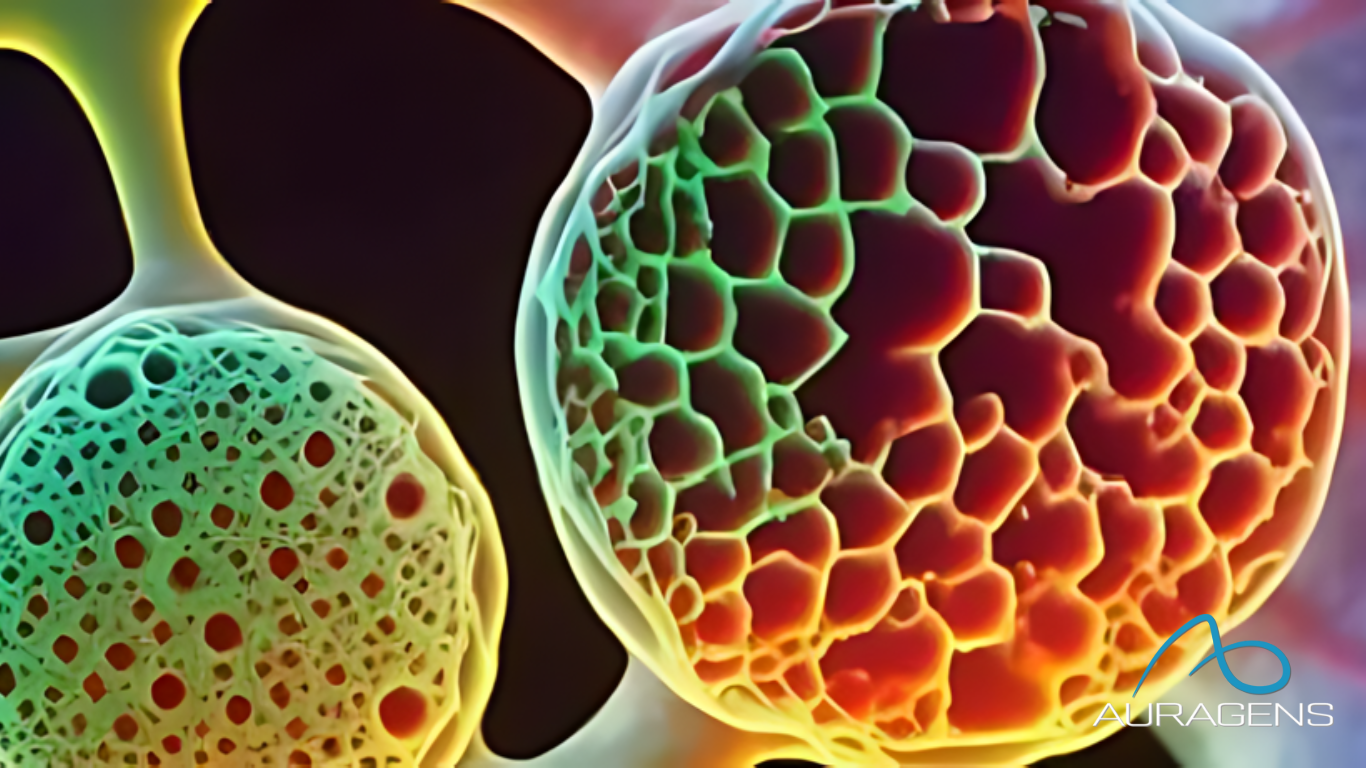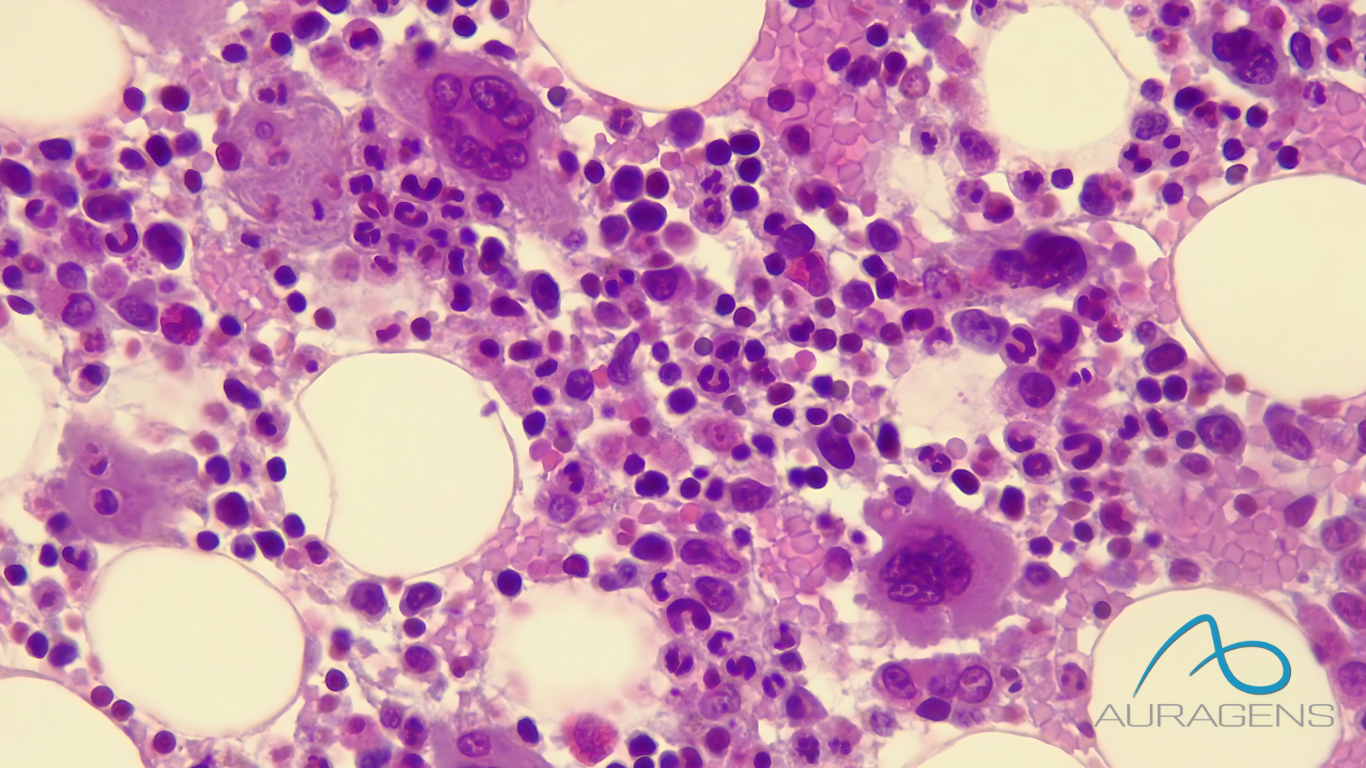At Auragens, we recognize the critical importance of advancing stem cell treatment research and sharing our findings through medical journals. Our goal in authoring and widely disseminating these journals is to provide transparency and insight into the latest developments in mesenchymal stem cell and exosome treatments. Our dedicated team remains at the forefront of scientific advancements, and we are excited to share our expertise with the world. By offering this knowledge, we aim to empower individuals to make informed decisions about their health and well-being.
















